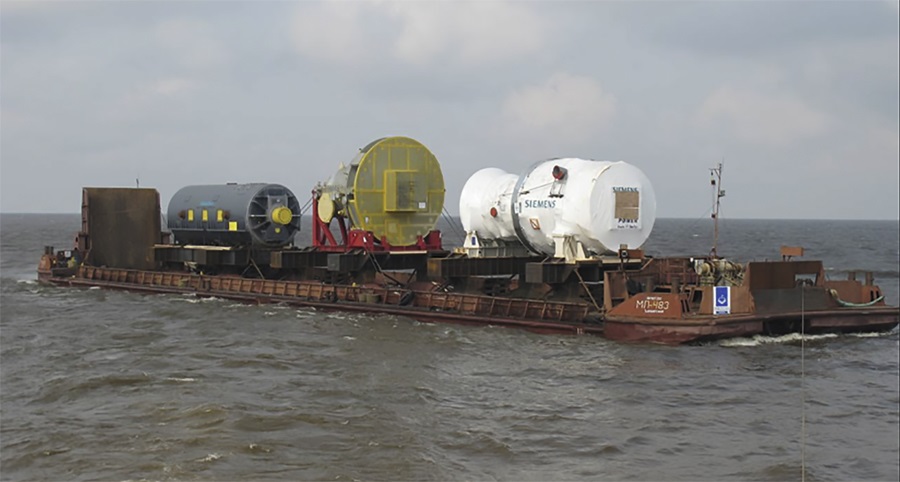
1. Analysis of existing cargo flows:
a. directions, routes and volumes of transport operations;
b. technologies used for transportation and trans-shipment, containers, type of rolling stock;
c. key consignors and consignees, tendencies of changes in cargo flows.
2. Assessing existing technologies of transportation and transshipment. Analyzing alternative technologies, their advantages and disadvantages, and selecting the best transport technology taking into account the special features of the situation.
3. Determining service level requirements necessary for competitiveness of the transport scheme as a whole and on an element-by-element basis.
4. Infrastructure analysis:
a. Analyzing the infrastructure used for transportation. Identifying bottlenecks and constraints:
i. Intra-plant logistics infrastructure;
ii. Ports and terminals;
iii. Road and rail access;
iv. Warehouse facilities.
b. Assessing infrastructure requirements for cargo pick-up and delivery.
c. Assessing capacity of existing infrastructure taking into account prospective cargo flows in a region.
d. Developing proposals on the construction or reconstruction of infrastructure.
e. Estimating capital expenditures based on the proposed steps.
5. Carrying out pre-project studies with respect to construction or reconstruction of the infrastructure, port or land terminals:
a. Determining key parameters;
b. Developing preliminary layout plan;
c. Identifying needs in production equipment;
d. Assessing capital and operating expenditures;
e. Developing financial models.
6. Analyzing full logistics costs:
a. Identifying capital and operating expenditures with regard to own infrastructure;
b. Analyzing costs for rail transportation, vessel charter, warehouse operations, etc.;
c. Assessing the need for rolling stock or vessel fleet to be purchased and corresponding costs;
d. Estimating costs for transportation on proposed and alternative routes;
e. Assessing relative competitiveness of transportation schemes.
7. Providing grounds for outsourcing solution or for logistics functions to be set up in the company’s structure:
a. Choosing between construction of own terminal, leasing, acquisition, partial reconstruction of infrastructure at an existing port, selecting the format of relationship with a logistics operator;
b. Determining practicability to construct own fleet or rolling stock.
8. Formulating a programme for development of transport assets (terminals, fleet, rolling stock):
a. Elaborating action plans, identifying phases;
b. Budget assessment;
c. Efficiency analysis.








